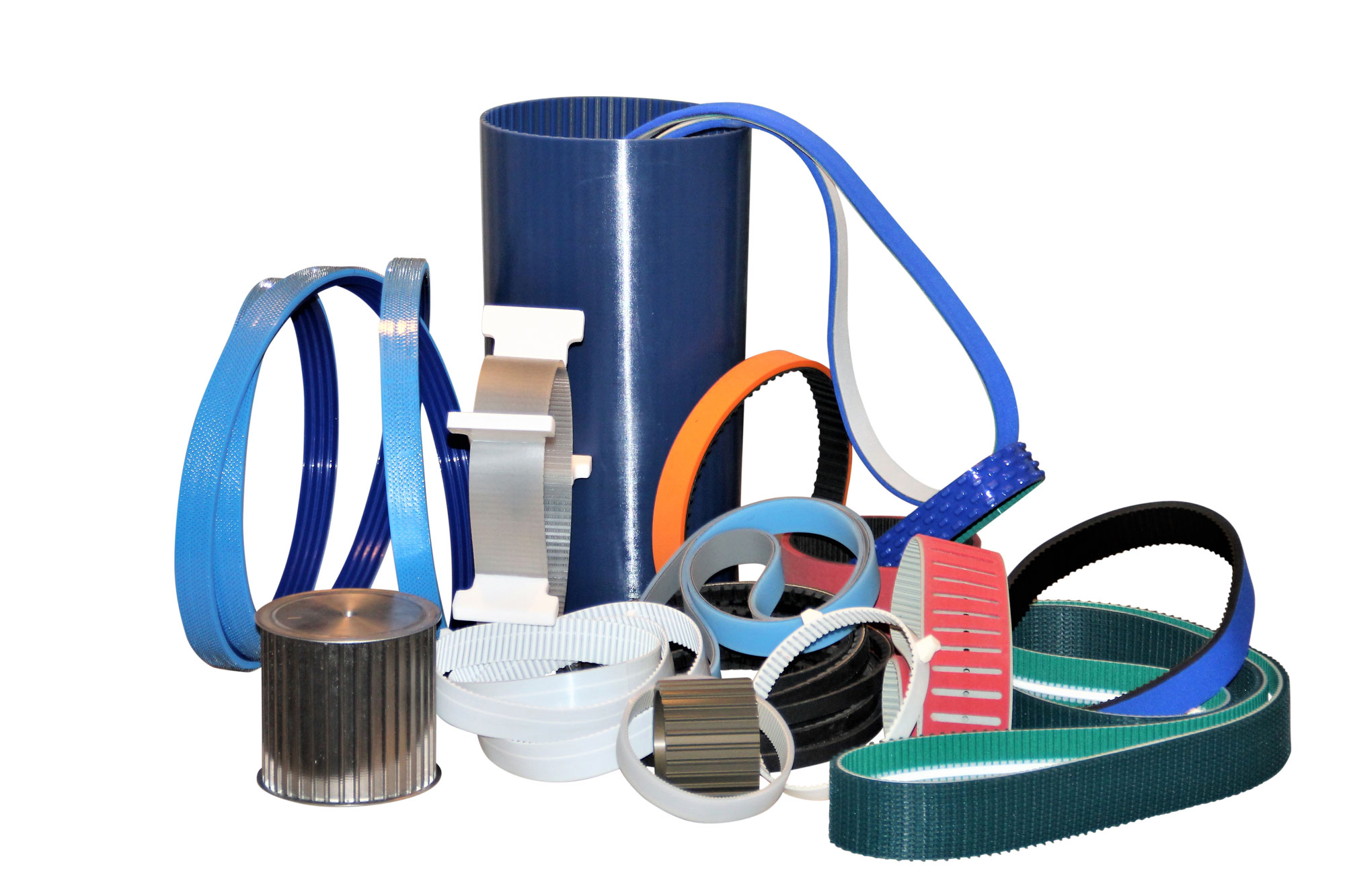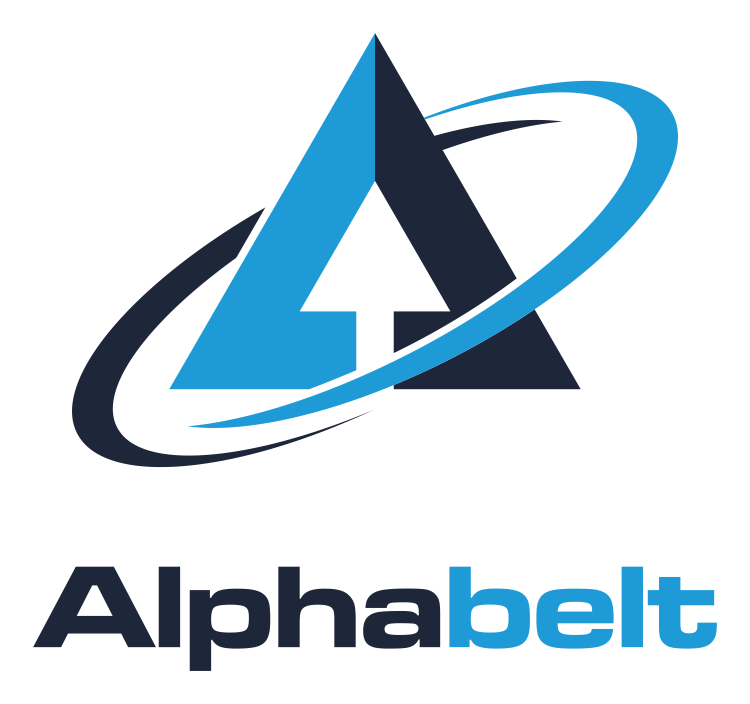Sustainability at Alphabelt
Four measures that protect resources

Sustainability at Alphabelt
Four measures that protect resources
Careful handling of valuable raw materials is a matter of course for an innovative company like Alphabelt. After all, in the production of timing belts and conveyors, we work with resources that are finite. That is why we have set ourselves the goal of using energy and materials as sparingly and effectively as possible. Our concept: We do not focus on the highest possible quantities, but on high-quality special belts that far exceed the service life of comparable standard belts.
Four measures covering the entire life cycle of an Alphabelt belt, from manufacture to remanufacturing, have already proven to be excellent for the sustainable use of energy and raw materials:
- Regional production
- Extended service life
- Preservation of proven machines
- Reconditioning of used belts
Measure 1: Regional production
What people have long been aware of in the case of fruit and vegetables can also be applied to timing belts: the closer to the customer production is, the shorter the delivery routes and the more climate-friendly the transport can be. Alphabelt products are manufactured almost exclusively in Germany. The timing belt refinement and the production of our timing belt pulleys is even 100 percent Made in Germany. Another positive effect: In this way, we always have an overview of the production conditions and environmental standards under which our products are manufactured. In this way, we ensure the highest quality, also in terms of occupational safety and environmental protection.
Measure 2: Extended service life
High wear naturally occurs mostly where a belt is subjected to excessive stress. The result: frequent belt changes, which not only require a lot of material, but also mean higher maintenance costs overall. The remedy is to use timing belts and conveyors that have been designed precisely for their intended use and the specific ambient conditions. The more individually a belt is adapted, for example by taking into account all influences during operation, careful material selection for both base belt and coating, special refinement techniques and exact dimensioning, the more efficiently it can perform its task. Compared to corresponding standard belts, special belts from Alphabelt show significantly lower wear and have an extremely long service life.
Here is an example: A manufacturer of baked goods requires a special wide timing belt with FDA approval for the production of crispbread. The belts used to date had been in use for a maximum of approx. 6 months and then had to be replaced. The customer now wanted to optimize the fermentation process of the dough on these belts. Based on experience gained from working with companies in many different industries, Aphabelt designed an FDA-compliant belt with a special structure that had originally been developed for the paper industry. The result was first and foremost an optimized fermentation process, as desired, but in addition the wide timing belts used are now also much more durable. At the time of writing, the belts had already been in use for over 9 months without showing any significant signs of wear.
Measure 3: Preservation of proven machines
While on the one hand innovative products and processes in particular can be designed to be as climate-friendly as possible, on the other hand their overall sustainability can also be improved by extending the useful life of proven machinery. Often, machines or plants that are getting on in years are still fully functional. Nevertheless, they are threatened with decommissioning because the procurement of suitable spare parts is no longer readily possible over time.
If the manufacturers themselves are no longer able to supply replacement belts, Alphabelt is glad to support the operators of older machines by producing exact replicas of the original belts. All we need for the replica is an old sample of the belt in question. Machines that were once manufactured with a high input of material and energy, and that have proven themselves in operation over many years, can thus still be used with comparatively little input.
Measure 4: Reconditioning of used belts
Timing belts and belts with an intact base belt and tension cords can be reconditioned and thus given a second life. Intensive use often causes the functional surface, i.e. the belt back or the coating, to wear more than the base belt. If this is the case, it can make sense to remove the old coating and then recoat the belt body. In this way, valuable raw materials contained in the belt body as a composite of plastics and metals are retained.
The idea for this was born out of necessity, when the delivery times for a particular base belt were around 8 - 12 weeks, but the customer could not possibly wait that long. A closer examination of the worn belts revealed that only the coating needed to be renewed. After this had been carefully removed, a new coating could be applied and the reconditioned belts could be delivered again after just a few working days.
Mindful handling of values
Over the entire life cycle of our products, we consistently pay attention to the careful use of raw materials and energy. In doing so, we focus on the shortest possible delivery routes, high environmental standards, significantly extended service lives for belts and machines, and the continued use of existing materials wherever possible - so that values are preserved in the long term.
Contact

